What is a voltage transformer
An electrical substation is a secondary station in the electricity generation, transmission, and distribution system where voltage is transformed from a high value to low or reverse using transformers. Electric power flows through several substations between power stations and the consumer, and the voltage may be changed in several steps.
The voltage generated in a power plant or substation is transmitted and fed to several industrial units and residential areas. It has to be ensured that the voltage generated is of optimum value, and also the voltage received after transmitting over several lines has not suffered major losses. Hence, it is essential to measure these voltages at various points.
The measurement of high-level voltages at power stations and load centers cannot be done by conventional voltmeters. A potential transformer is an instrument used for measuring high voltages in a transmission or distribution system. It is a step-down transformer that converts an input voltage to a lower output voltage which can then be measured by a voltmeter.
Note: The terms voltage transformer and potential transformer essentially mean the same, and both terms are used interchangeably throughout the article.
Construction
The construction of a voltage transformer is similar to that of a conventional power transformer with primary and secondary windings. The voltage produced at the load side is proportional to the number of turns in the secondary relative to the primary. The voltage transformation is given by:
V1 / V2 = N1 / N2
V1: Voltage applied to the transformer primary winding
V2: Voltage produced at the secondary (load) of the transformer
N1: Number of turns in the primary
N2: Number of turns in the secondary
For example, a transformer with N1=1, N2=10, having a primary winding voltage (V1) equal to 10, will have a secondary winding voltage equal to 1V.


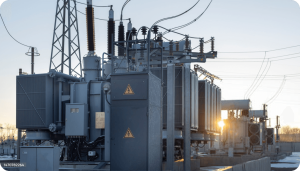
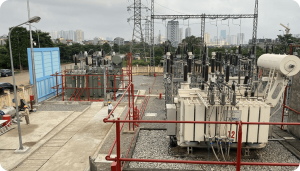
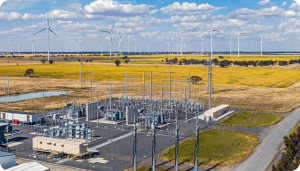

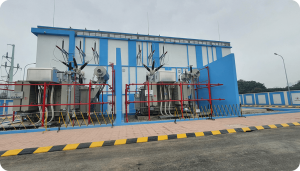
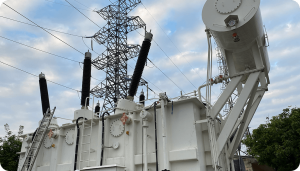
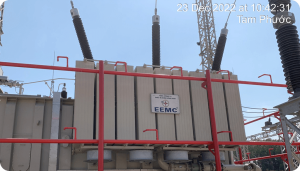
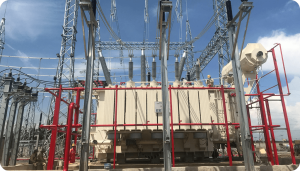



Reviews
There are no reviews yet.